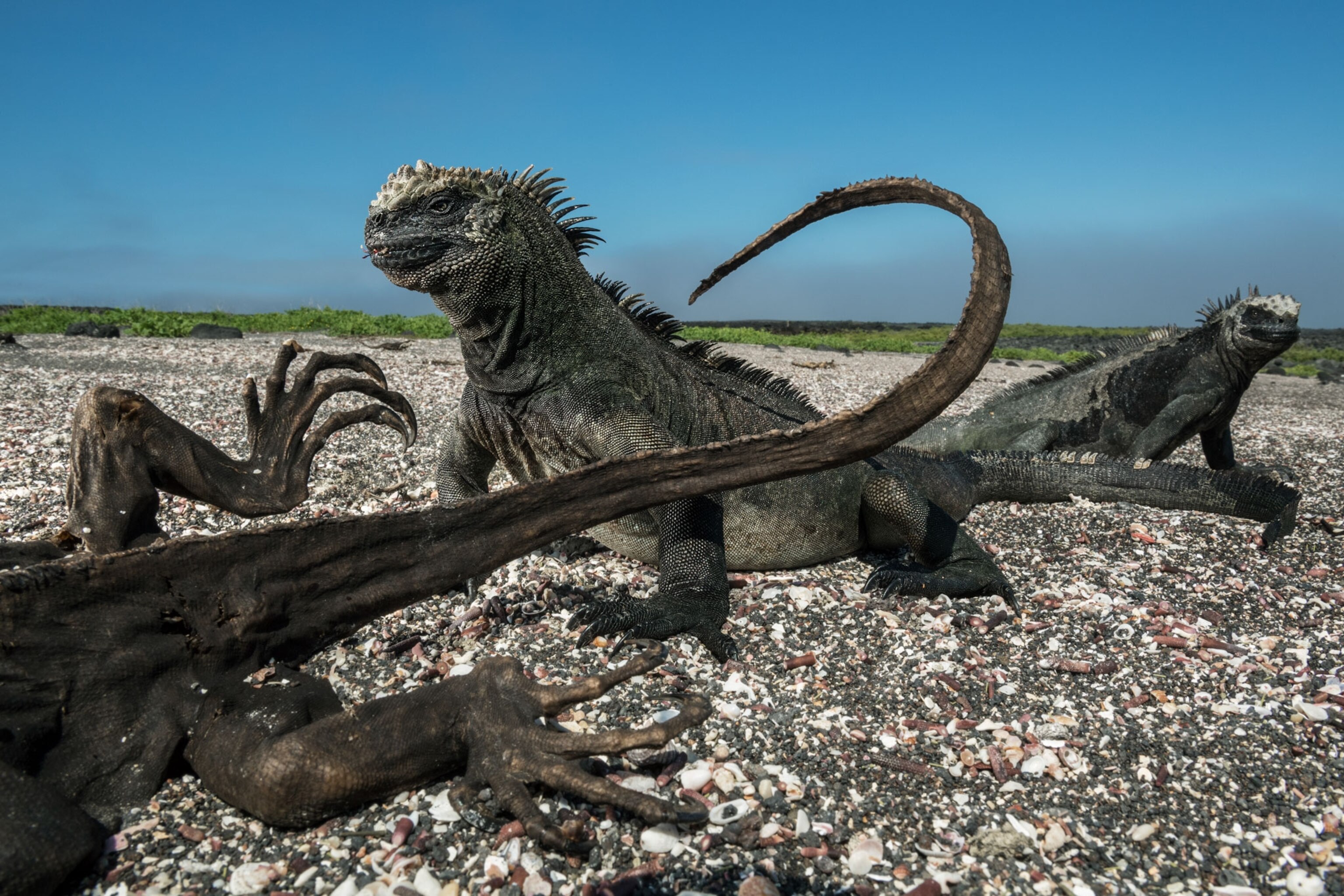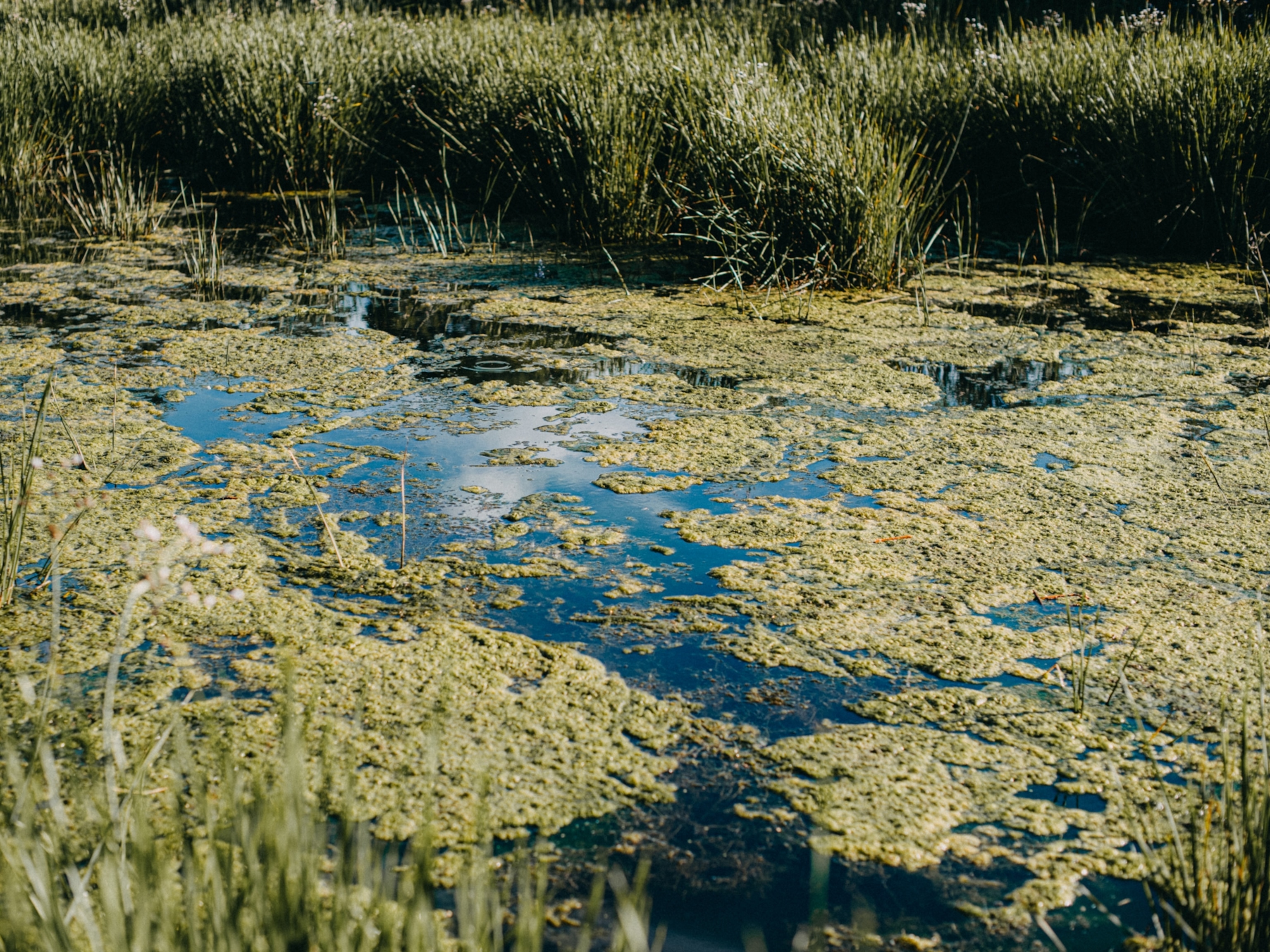Chameleon Mummified Alive by the Tropical Sun
Even reptiles adapted to hot environments can succumb to heat stress, a concern as the world warms, experts say.
Death by desiccation may be unpleasant, but it makes for a lovely corpse.
Such was the fate of an unlucky Indian chameleon that apparently died while trying to drink from a pipe that had been turned off. Writer and wildlife filmmaker Janaki Lenin witnessed the macabre scene recently in India.
According to Lenin’s posts, it seems the reptile expired while clutching the spigot, and was then quickly mummified by the intense tropical sun. Two tiny holes cut into the dried remains suggest that ants may have helped themselves to the animal's innards, completing the preservation process.
Even animals adapted to live in hot environments, like the chameleon, can succumb to heat stress, says Jeanine Refsnider, a herpetologist at the University of Toledo in Ohio. (Related: "Will Global Warming Heat Us Beyond Our Physical Limits?")
All animals “can handle temperatures up to a certain limit,” says Refsnider, “and if the temperatures get beyond that, your proteins actually start to unfold.”
“At the cellular level, your cells start to fall apart, and once that happens you can’t really reverse it.”
In what could be bad news for animals—and people—in already hot climates, heat waves are on the rise due to climate change. According to a new study, 30 percent of the world’s population is currently exposed to potentially deadly heat for 20 days per year or more. (Read: "Earth Hasn't Heated Up This Fast Since the Dinosaurs' End.")
Reptiles Hard Hit
While there’s no way to know if or how much climate change was responsible for this specific animal’s death, Refsnider says reptiles such as the Indian chameleon may be harder hit than other animals as the globe heats up.
Because reptiles are ectotherms, their body temperature is controlled by whatever’s around them, says Refsnider. They can regulate their temperature—for example by moving in and out of shade—but if relief eludes them, death comes quickly. (Related: “Cave Dwelling Tortoises Are A Big Surprise.")
“A lot of these reptiles who live in the desert or tropics, they’re in areas that are already almost as hot as they can survive, so even a small increase in temperature beyond that could push them into pretty severe heat stress,” says Refsnider.

What's more, scientists have already discovered evidence of climate-related declines in reptile species across the world. For instance, research suggests that tortoises and iguanas of the Galápagos and the Gila monster of the American Southwest are at risk of plummeting populations.
A World of Males?
And it's not just heat that snakes, turtles, and lizards must contend with.
For many reptile species, the temperature at which eggs are incubated determines the offspring's sex—which means global warming could result in reptile populations that are heavily skewed female or male, says Refsnider.
On New Zealand's North Brother Island, for instance, rising temperatures have already biased the local tuatara population male—recent surveys are showing fewer and fewer females.
Fortunately, says Refsnider, painted turtles have shown some capacity to adapt to this, such as choosing more shaded nesting spots in hotter years. But even this strategy has limits.
“At some point, if the temperature in the environment warms up too much, even shade won’t be able to compensate."




